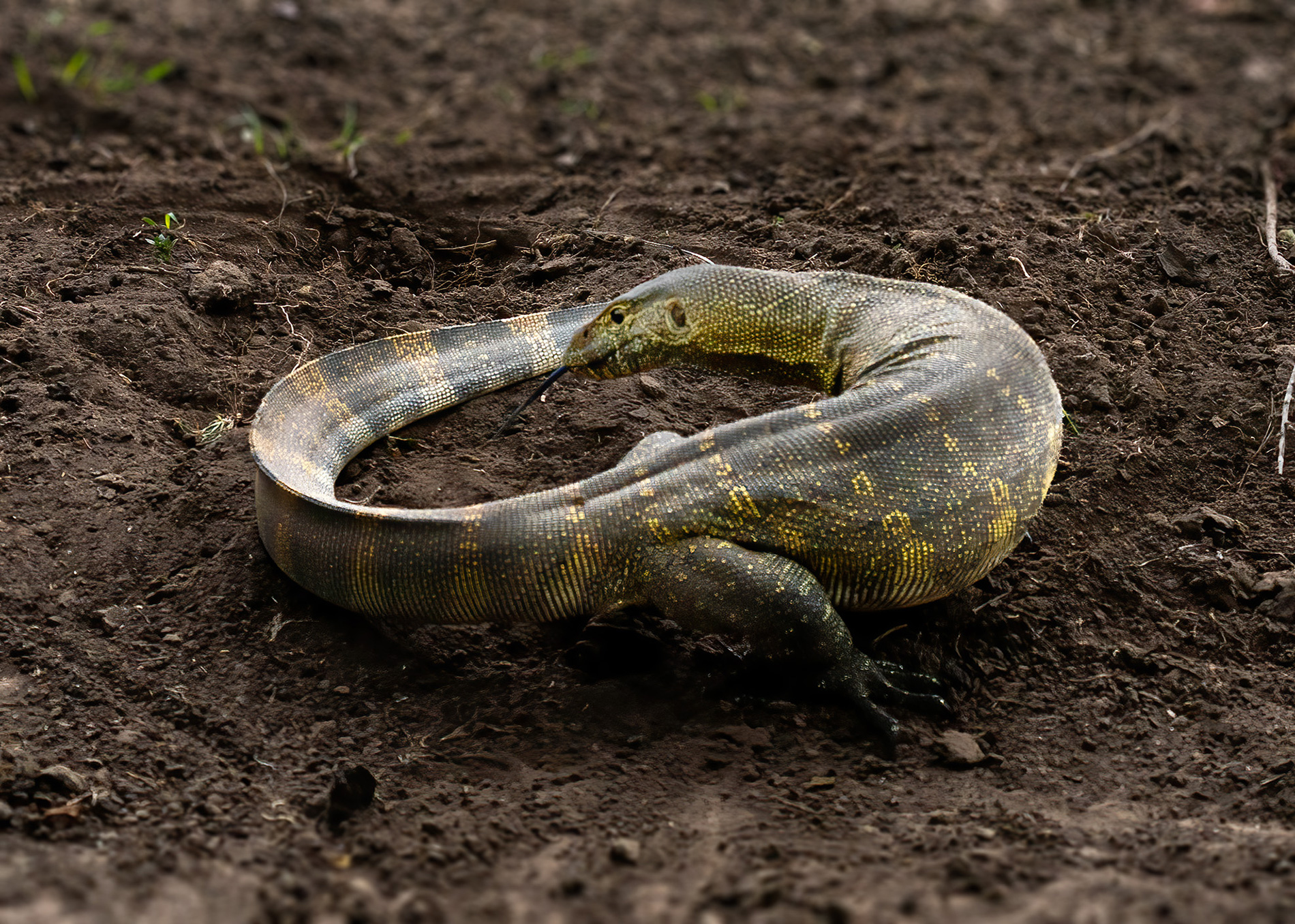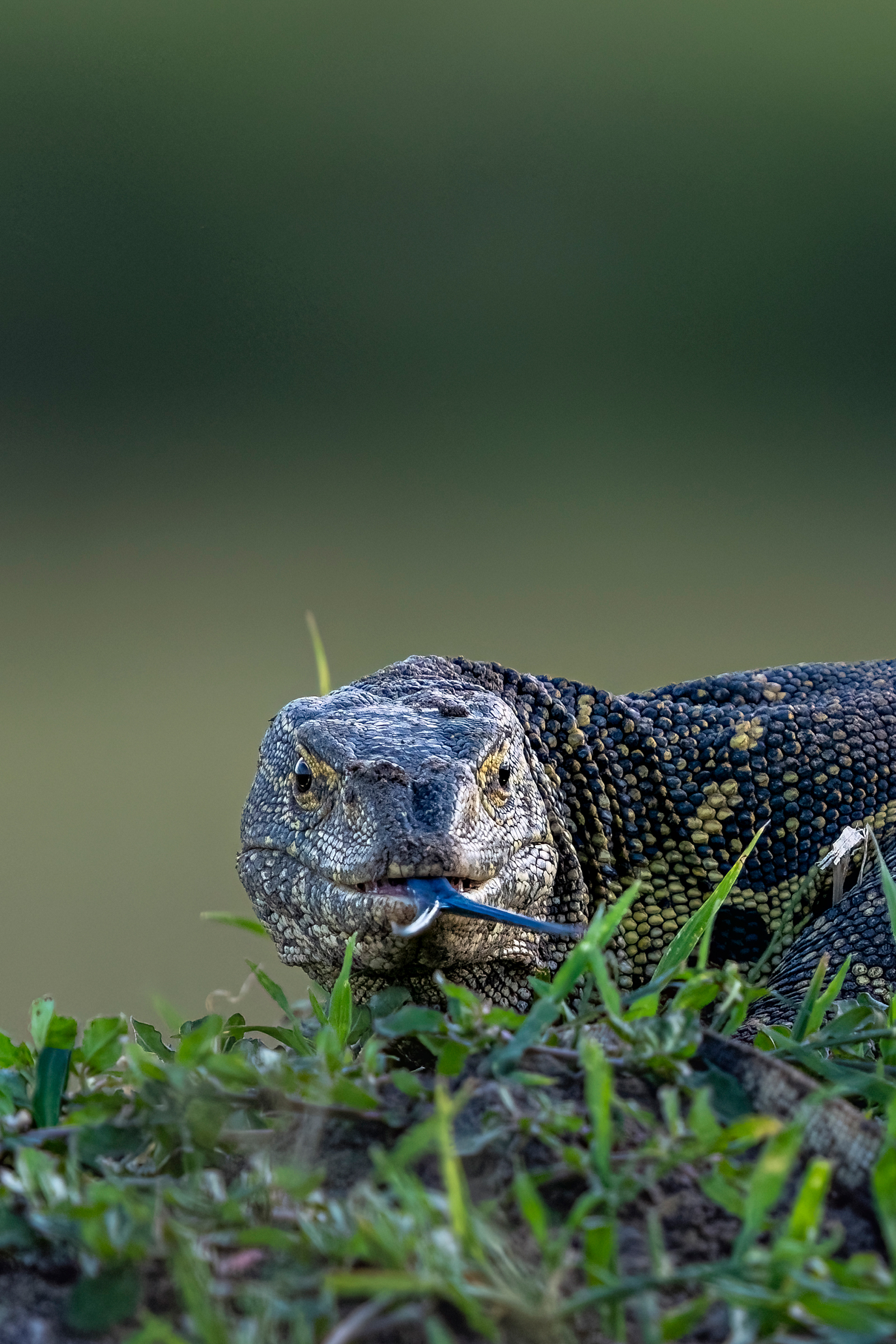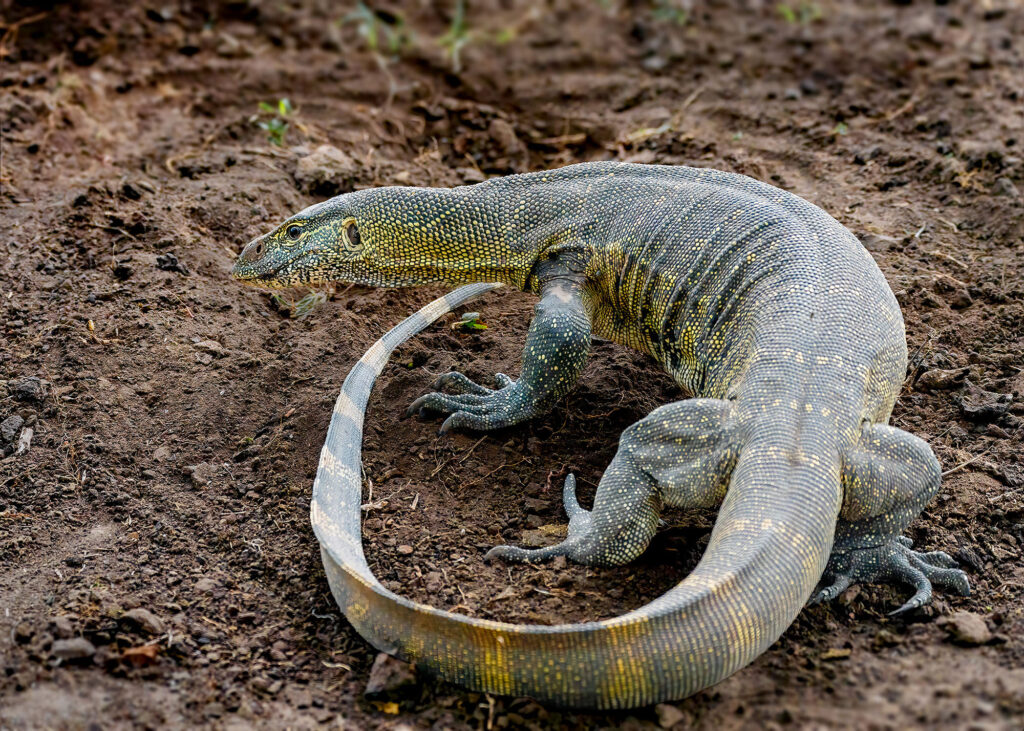When travelling to East Africa it is quite possible that you will encounter the massive Nile monitor (Varanus niloticus) standing motionless at the water’s edge or slithering through riverside vegetation, tongue flicking in and out, ready to eat almost anything they come across. These adults, nearly two meters in length and powerfully built, represent one of Africa’s most successful reptilian predators, yet they face increasing threats. For conservation photographers, these remarkable creatures and opportunistic predators offer fascinating photographic subjects and behavioural stories that need to be told.
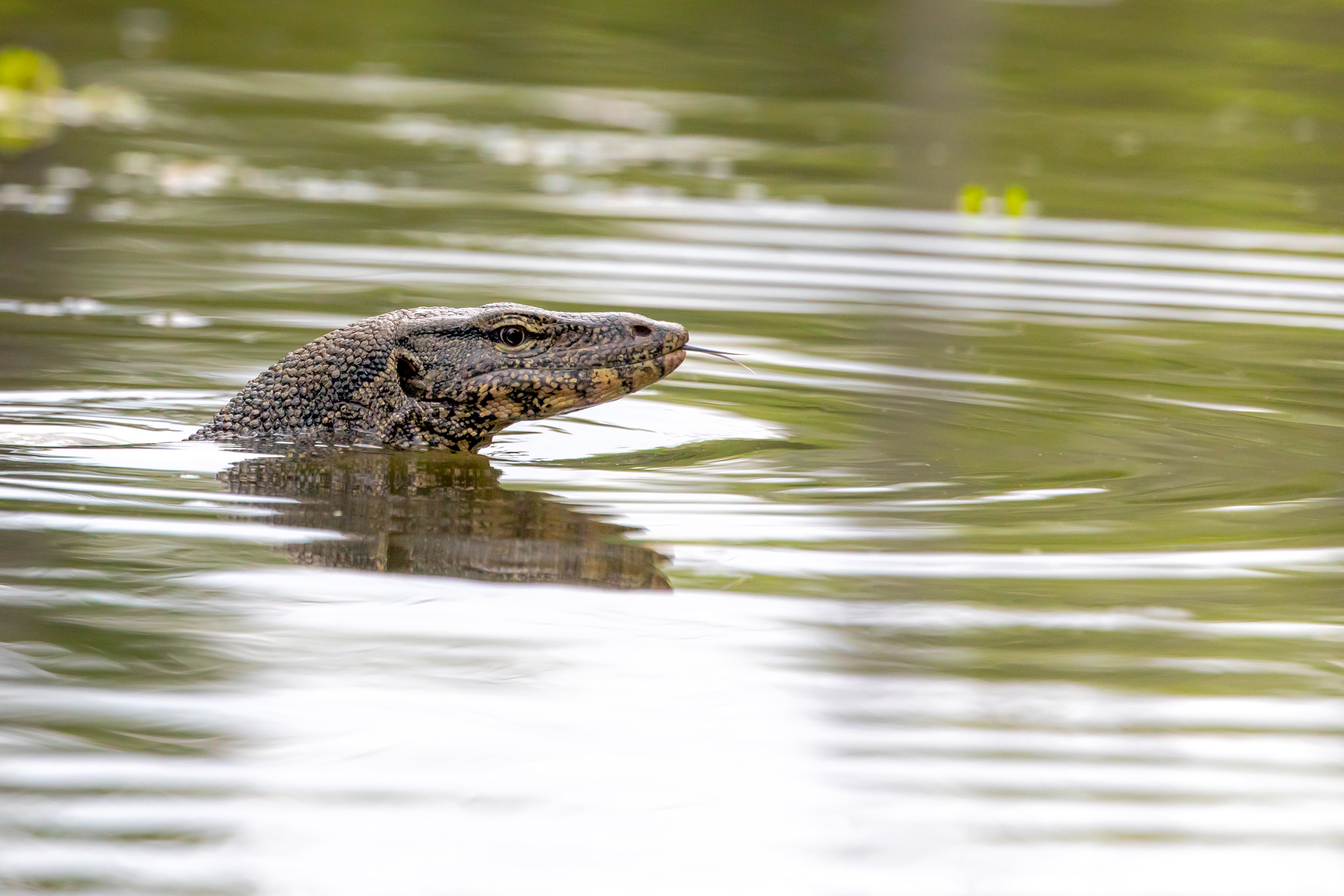
While portrait shots of monitors surveying riverbanks against dramatic skylines make striking images, photographers should look to try and capture their roles as scavengers and predators. Since monitors spend most of their active time foraging, patience should reward photographers with dramatic predator-prey interactions that provide richer, more compelling conservation and biological stories.
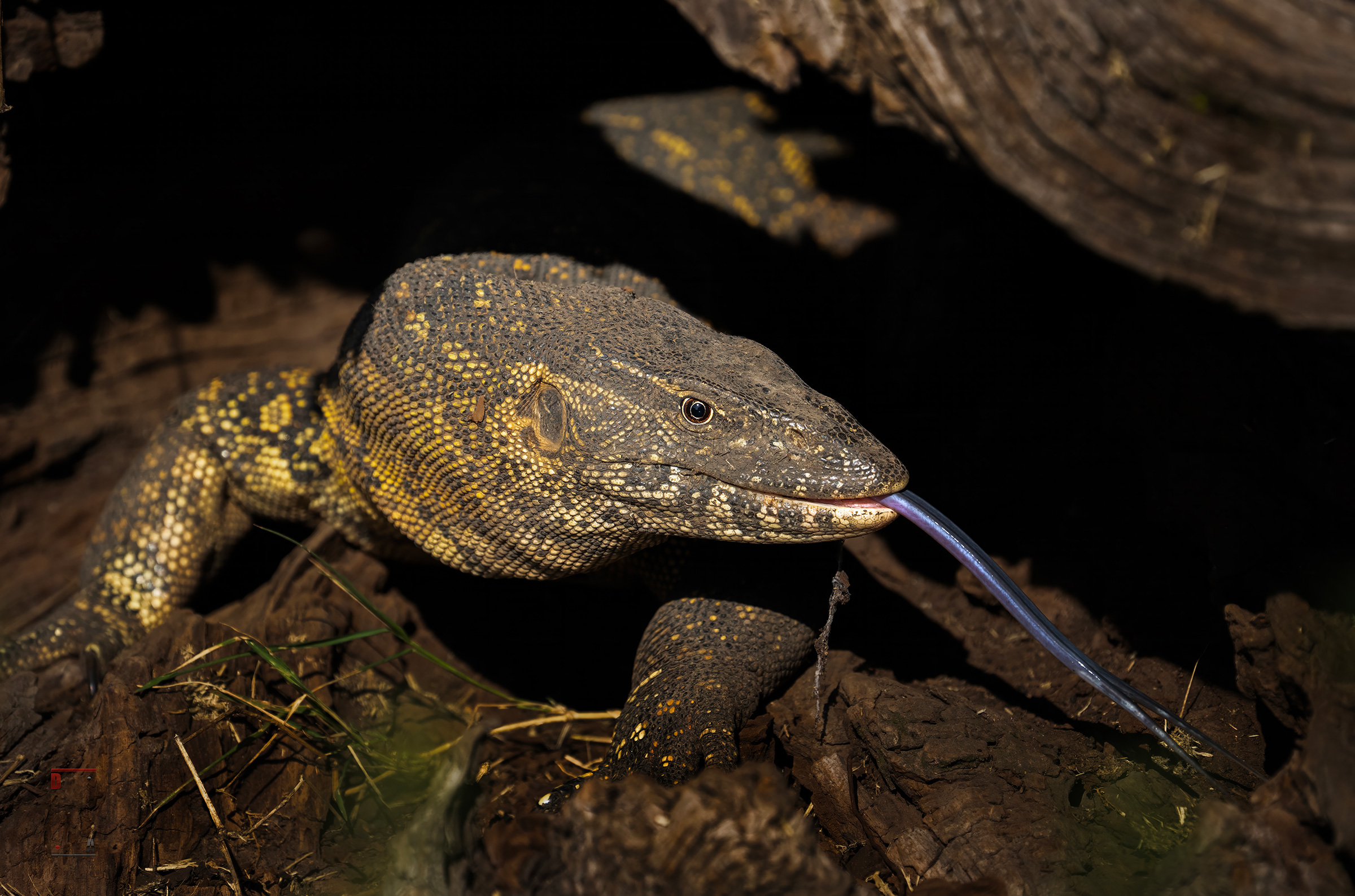
Nile monitors belong to an ancient family of monitor lizards dating back 90 million years to the late Cretaceous period, when massive biodiversity expansion occurred alongside other dinosaurs and witnessed the emergence of the first feathered dinosaurs and birds. Today, there are more than 80 species in the genus Varanus distributed across Asia, Africa and Oceania including Australia. While the Nile monitor ranks among the largest at 20 kilograms and claims the title of Africa’s biggest lizard, it remains dwarfed by the massive 100-kilogram Komodo dragon that inhabit some of the Indonesian islands.
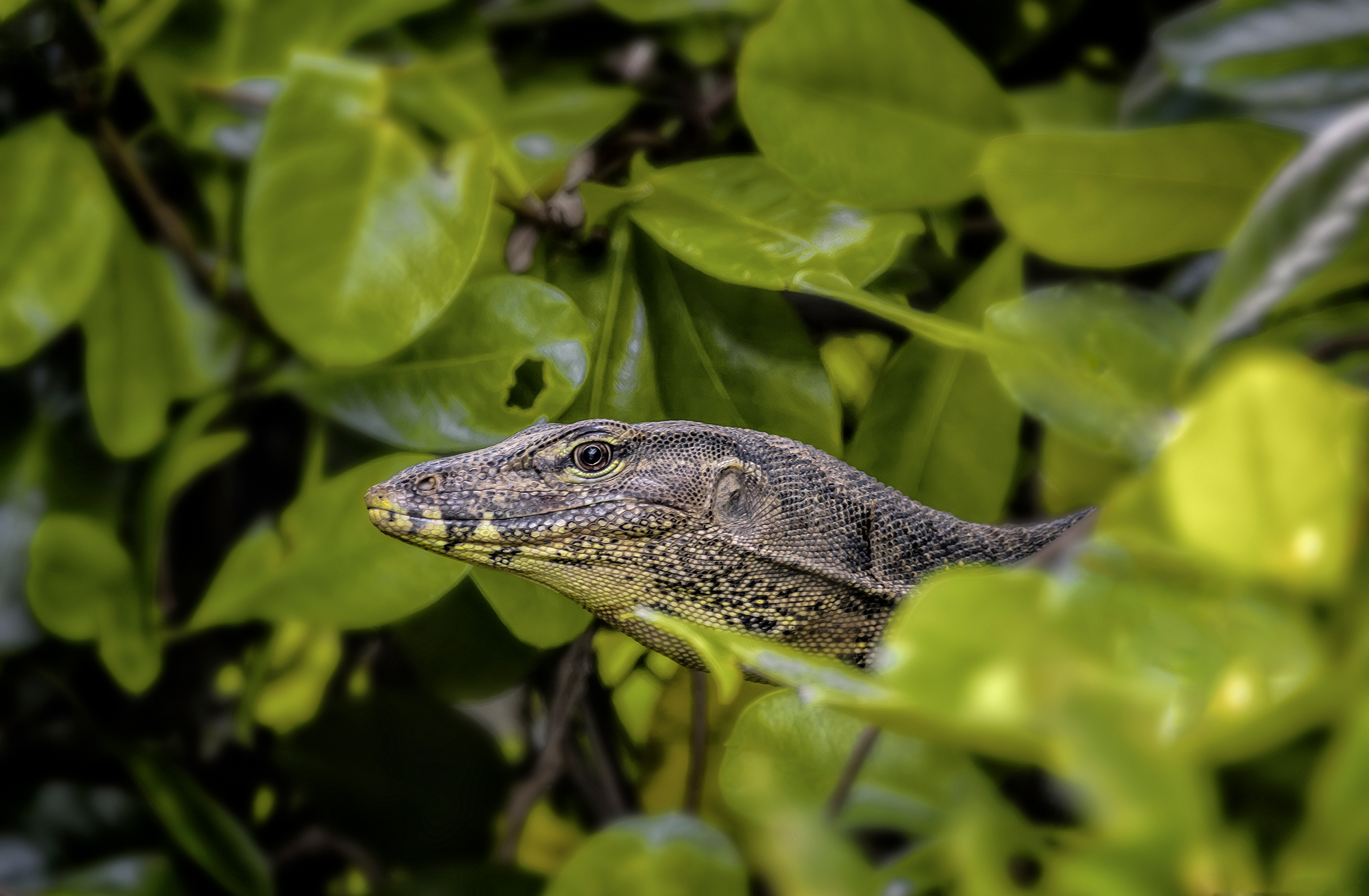
These semi-aquatic Nile monitors inhabit rivers and lakes throughout their African habitat range. Their laterally compressed tails serve triple duty: a swimming power source, underwater rudder, and formidable defense weapon. Muscular limbs ending in sharp claws are perfectly adapted for climbing, digging, and capturing prey.
Identifying the sex of Nile monitors is challenging since there are no obvious external characteristics, though during the mating season there are clear behavioural cues. After the rainy season, males compete for females in spectacular wrestling matches that offer exceptional photographic opportunities. These ritualized combats begin with both lizards puffing up their bodies before grappling with forelegs wrapped around each other, each attempting to push rivals off balance and pin them down. After mating, females excavate burrows or commandeer termite mounds for laying approximately 60 eggs, utilizing heat and humidity for natural incubation.
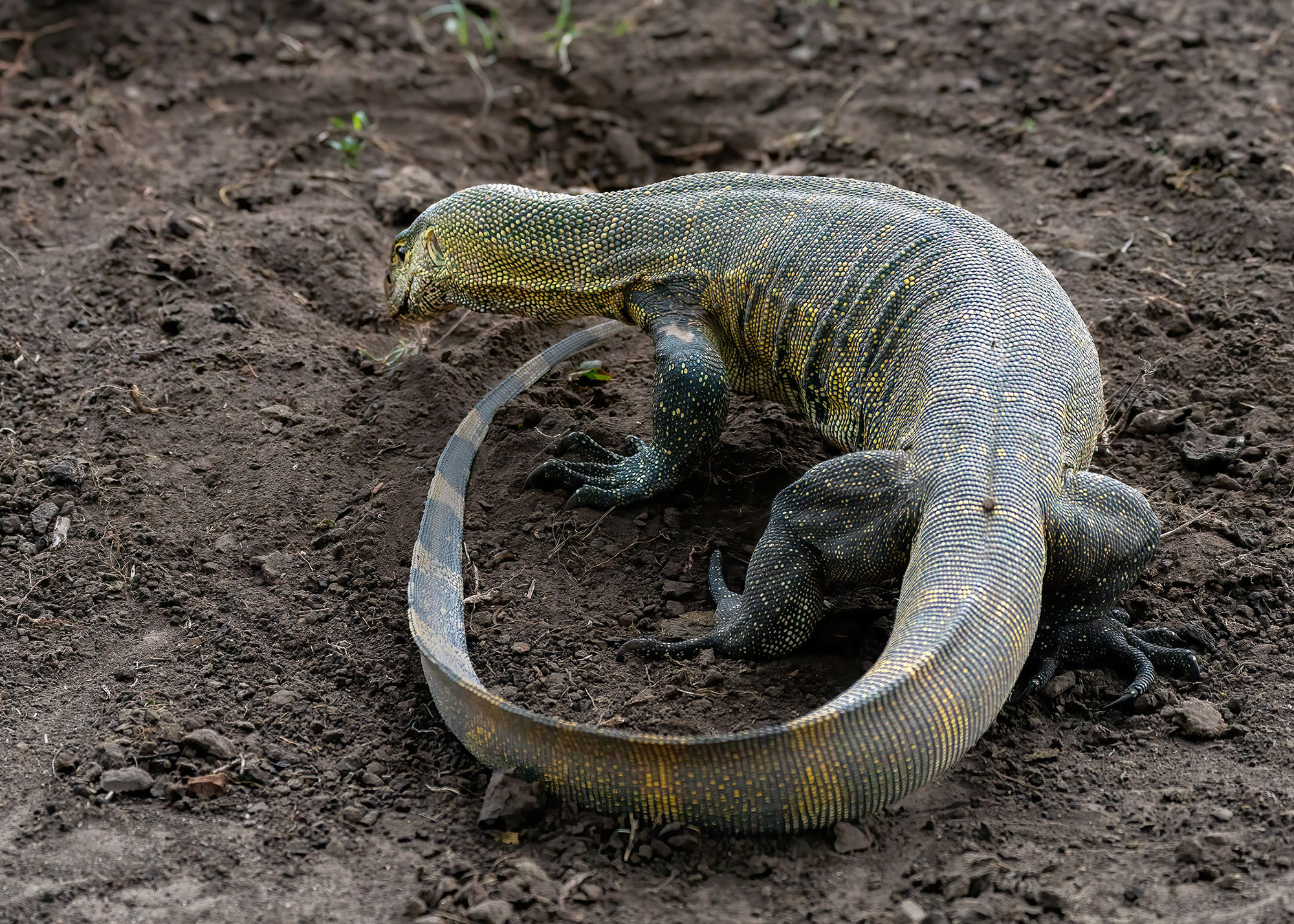
Nile monitors offer photographers numerous opportunities for compelling behavioural documentation. Their thermoregulatory behaviours create predictable photography windows as they emerge for morning basking and seek midday shade. Breeding season delivers dramatic territorial displays featuring ritualized combat with males rearing on hind legs attempting to topple opponents.
Perhaps most remarkable is their intelligence. Monitor lizards demonstrate problem-solving abilities rarely seen in other reptile species. Researchers have documented them using sticks to extract prey from hard-to-reach places and employing rocks to break shells. Laboratory experiments reveal their ability to navigate complex puzzles using bodies and claws to access food, often displaying sophisticated spatial memory. Most fascinating is their cooperative hunting strategies where monitors have been observed working in pairs to distract nesting birds or crocodiles while their accomplices raid eggs. This is really impressive for nesting crocodiles where one monitor will persuade a female crocodile to leave her nest while their accomplice removes the eggs before the two share the spoils. These behaviours challenge traditional assumptions about reptilian cognition and social complexity being simple.
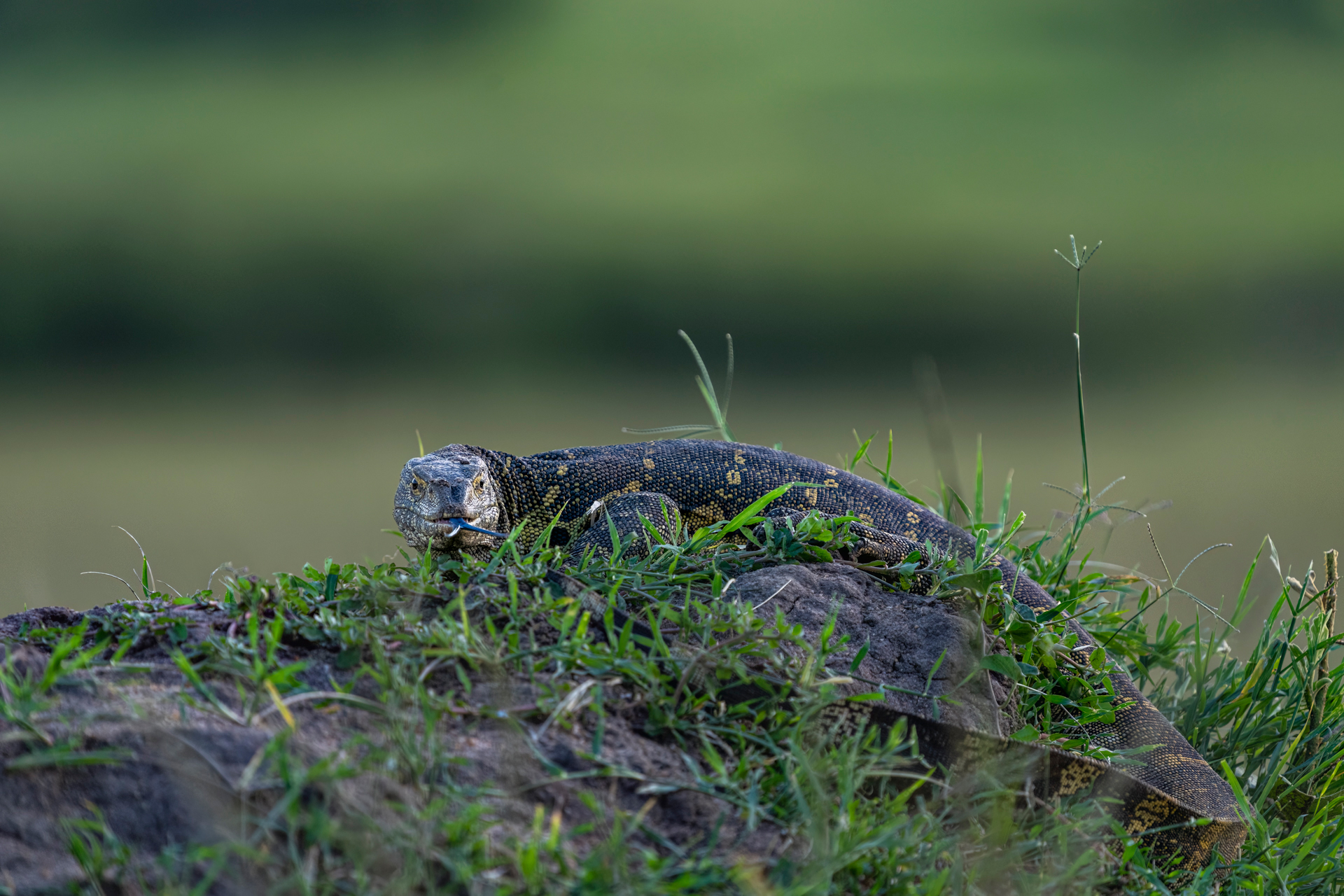
Nile monitors remarkable adaptability sets them apart from more specialized reptile species. These lizards thrive across diverse habitats throughout sub-Saharan Africa, from the Nile River valley to coastal mangroves, and savanna woodlands to urban waterways. They move with equal comfort basking on fallen logs, scaling vertical rock faces, or disappearing beneath murky waters with surprising grace.
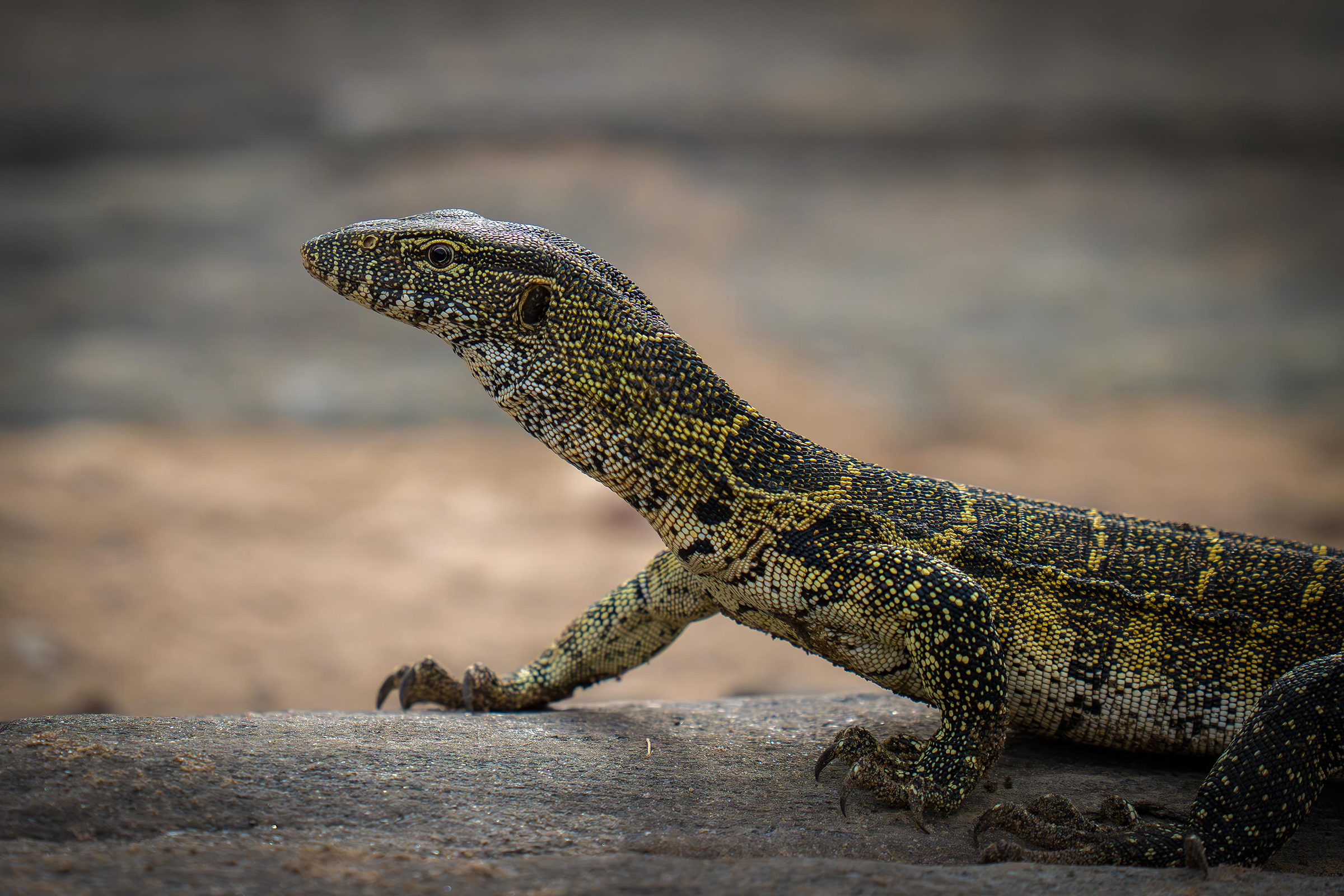
The swimming abilities of Nile monitors rival those of crocodiles in that they use the same undulating tail movements with legs held against the body to propel them forwards through the water in a torpedo-like propulsion. They can dive several meters deep and remain submerged for up to 15 minutes by slowing their metabolism and utilizing highly efficient lungs. This aquatic prowess makes them formidable predators of fish, frogs, and aquatic invertebrates, while their terrestrial skills enable bird nest raids, small mammal consumption, and even tackling venomous snakes.
Their dietary versatility proves truly impressive, consuming everything from termites and bird eggs to young crocodiles and carrion. This opportunistic feeding strategy alongside water bodies has enabled their success across varying ecosystems but also brings them into frequent conflict with human activities.
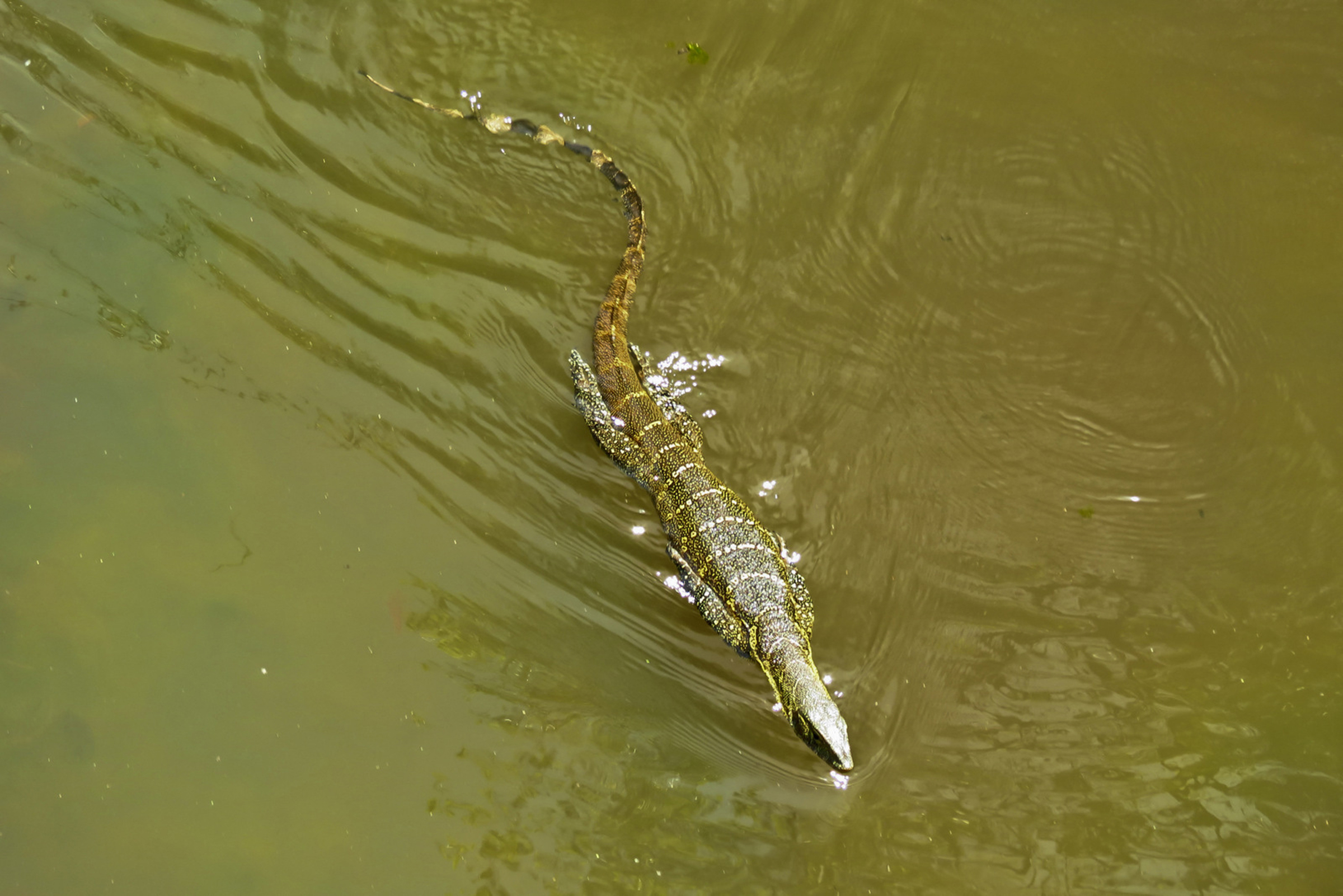
Despite their adaptability, Nile monitors face mounting pressures across their range. Habitat destruction represents the primary threat as wetland drainage, dam construction, and urban development eliminate crucial nesting and foraging areas. The species requires specific microhabitats for successful burrow excavation and reproduction, making them vulnerable to landscape fragmentation.
International trade poses another significant challenge. Monitor lizard leather commands high prices in fashion markets and this drives both legal and illegal harvesting in the wild and while there is some monitor lizard farming the majority of leather goods comes from the wild. Some countries have established quotas and monitoring programs, enforcement remains problematic, particularly in remote areas where monitors are most abundant.
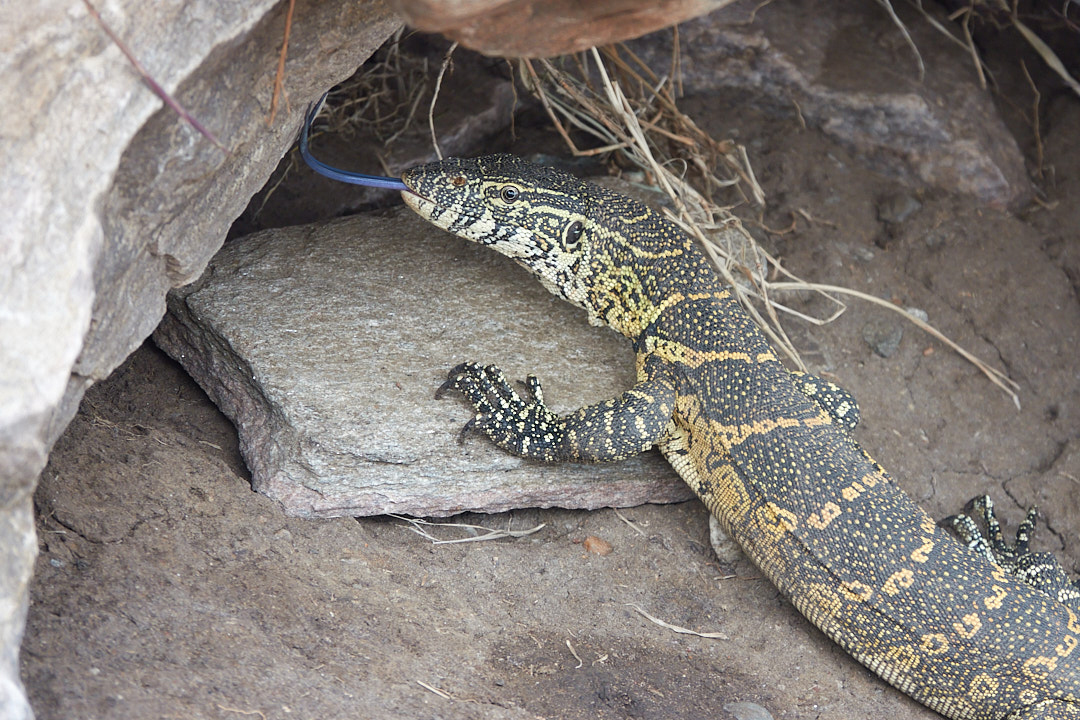
Climate change adds complexity as shifting temperature and precipitation patterns disrupt the delicate balance of aquatic ecosystems. Being ectothermic, monitors are sensitive to temperature changes affecting prey availability and reproductive success. In conjunction with altered prey abundance, inconsistent rainfall and shifted seasonal cycles can lead to reduced water levels and changes in vegetation.
Perhaps most concerning is human-wildlife conflict emerging in rapidly developing regions. Monitors frequently raid chicken coops and fish farms, leading to retaliatory killing. Their intimidating size and occasional defensive aggression toward human’s fuel negative perceptions despite their generally shy nature.
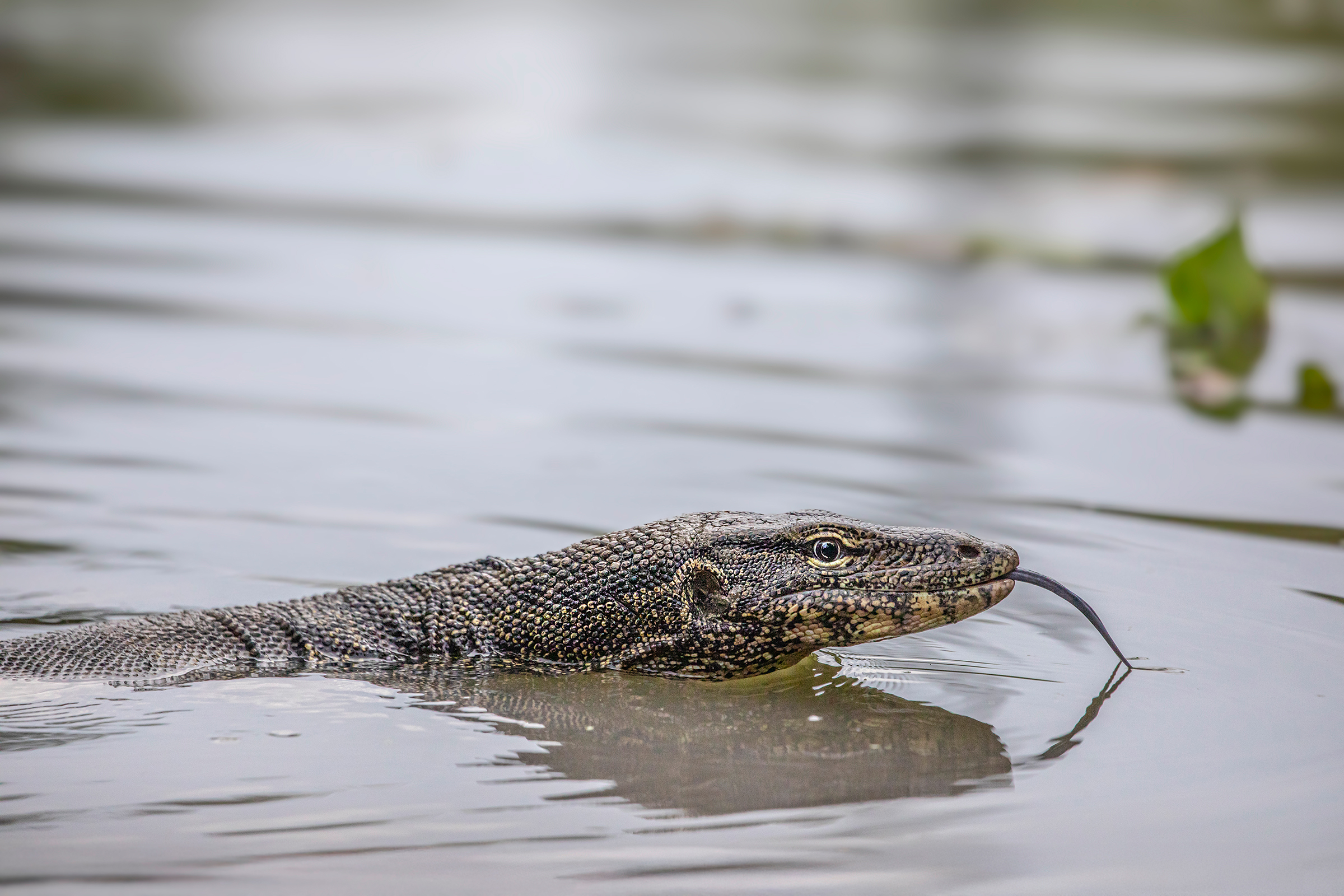
Conservation photographers play a crucial task in changing human perceptions of Nile monitors. These lizards suffer from poor public image, often confused with crocodiles or viewed as dangerous pests that will kill domestic animals including poultry and pets.
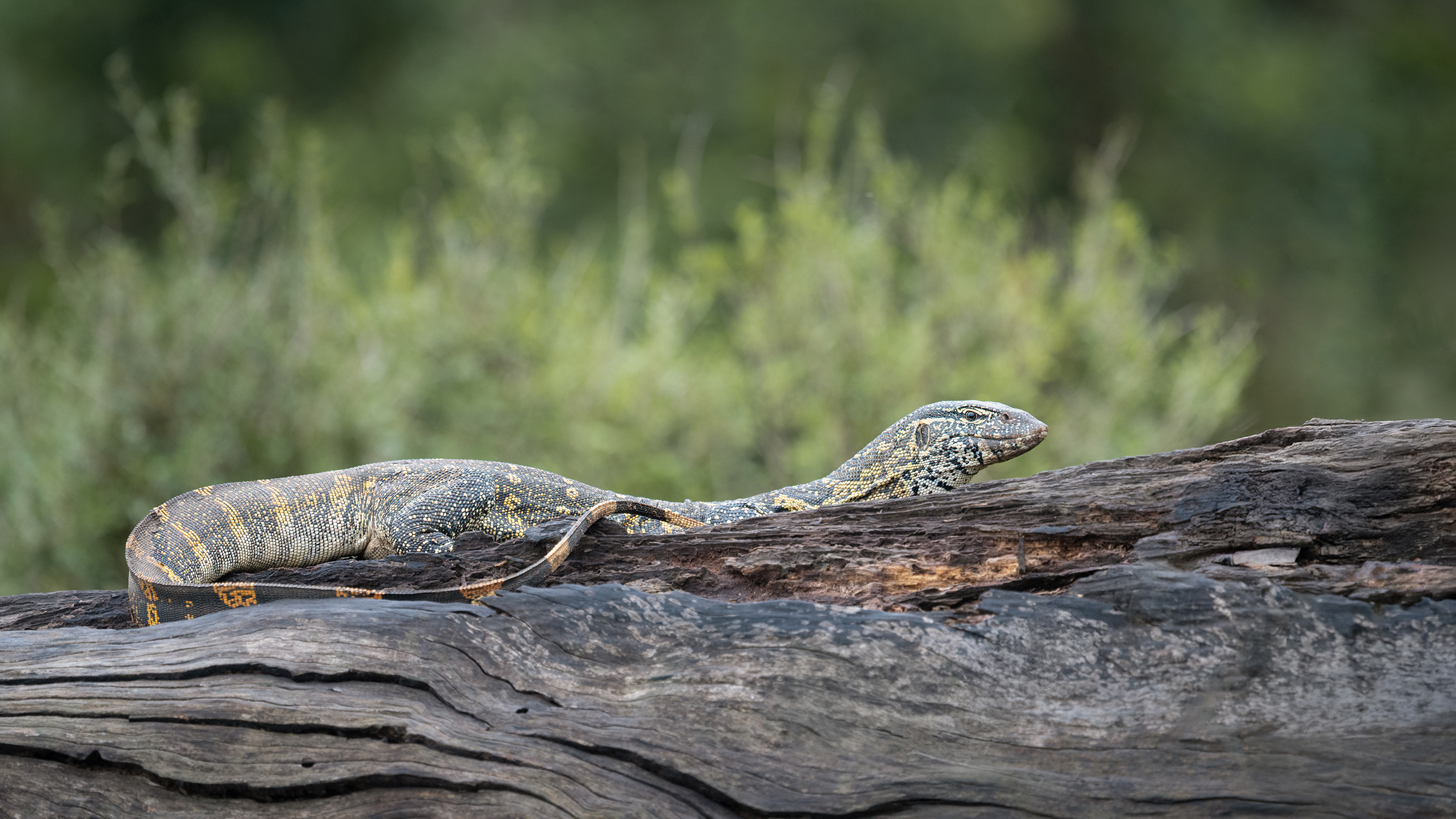
Compelling imagery can showcase their ecological importance as both predator and scavenger, highlighting their role in maintaining healthy aquatic ecosystems. Nevertheless, documenting human-monitor coexistence presents powerful storytelling opportunities. Some communities’ traditional beliefs protect monitors as spiritual messengers or weather predictors. Capturing these cultural connections demonstrates alternative relationships between humans and wildlife.
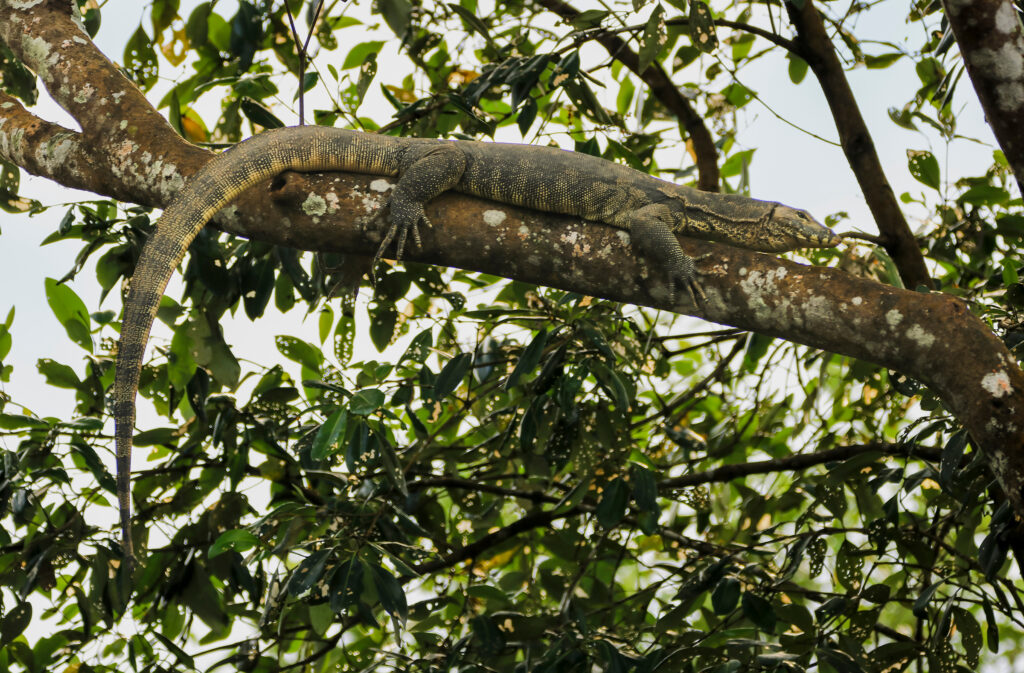
Effective Nile monitor conservation hinges on integrated approaches combining habitat protection, sustainable use programs, and community education. Photographers documenting these efforts play an important role in supporting conservation initiatives by building support between remote ecosystems and global audiences, cultivating awareness for these remarkable reptiles.
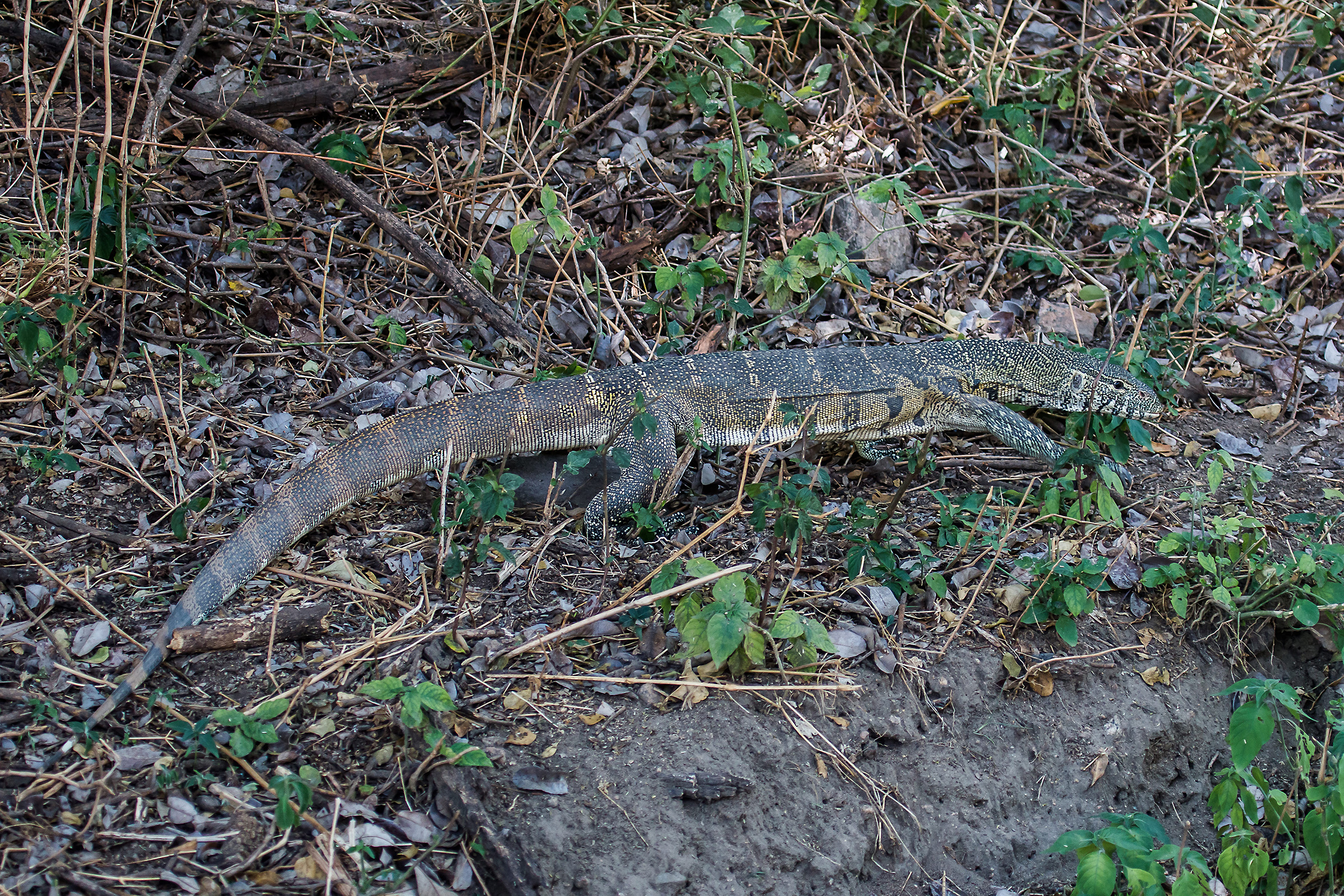
The future of Nile monitors depends largely on our ability to balance human development with ecosystem preservation. As Africa’s human population continues growing, finding sustainable coexistence models becomes increasingly critical. Through powerful imagery and compelling storytelling, conservation photographers can ensure these ancient survivors continue thriving in an ever-changing world. For those willing to invest time understanding their subjects, Nile monitors offer profound lessons about adaptation, intelligence, and survival. They remind us that conservation success often lies not in protecting pristine wilderness alone, but in fostering respect and coexistence in the landscapes where humans and wildlife intersect.
